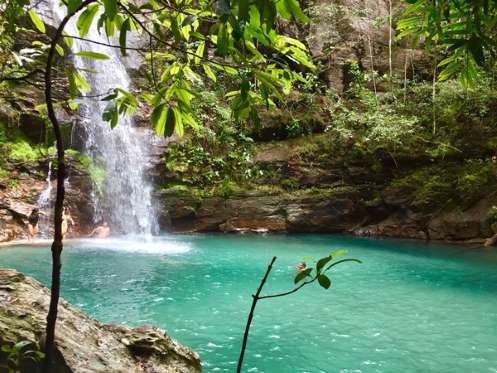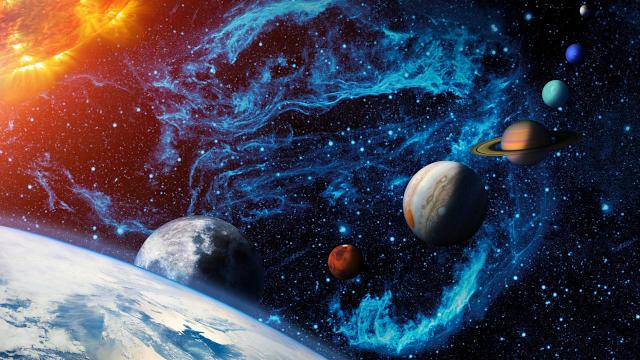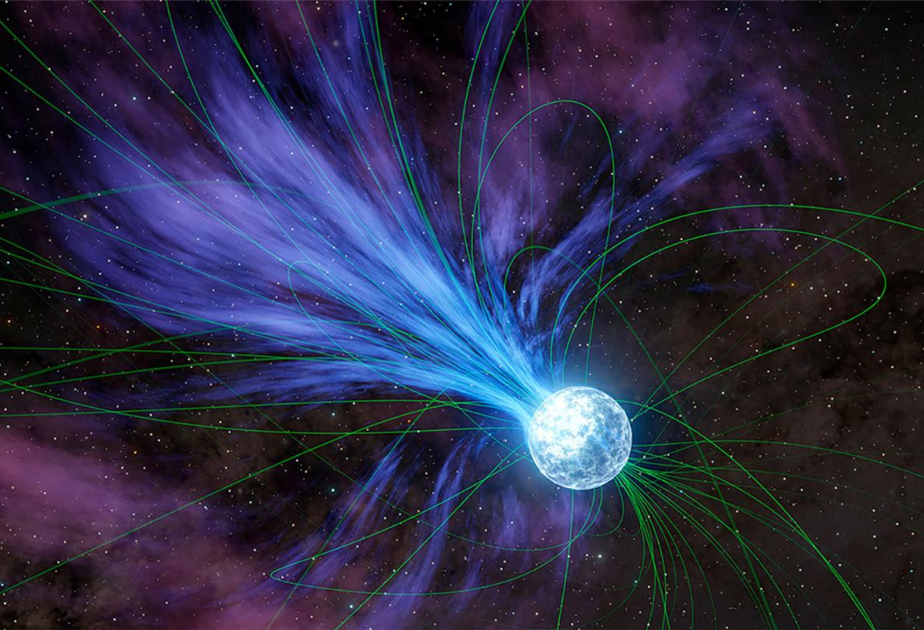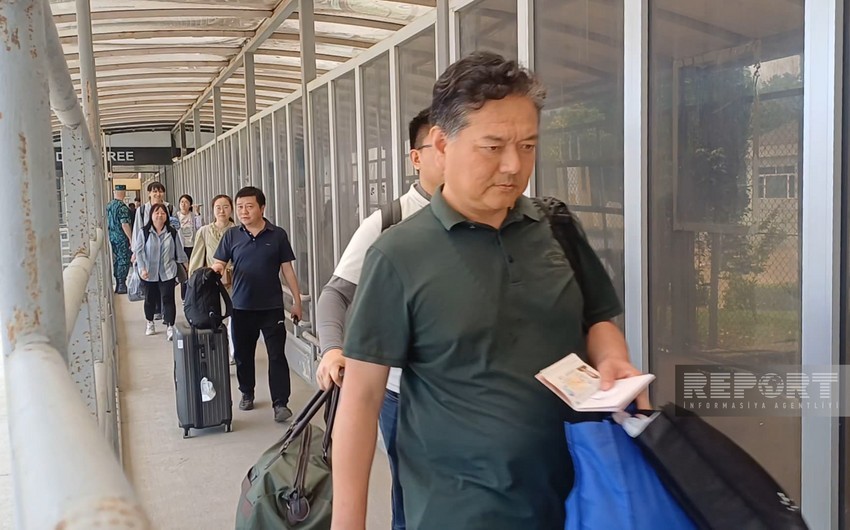Some say it’s the most surreal view in Brazil. To get there we venture down an unmarked path and find Graciliano, a smiling old man who lives in a cabin — he offers visitors hot coffee and collects the entrance fee. Along the way we pass one of his hand-painted signs: “Watch out for jaguars.” Over a plateau, down through the valley and then a precarious climb back up the face of the canyon and we’ve made it to Mirante da Janela (the Window View) — and it is something out of a dream. Across the deep green valley are two huge, successive waterfalls: the first with a 260-foot drop into a pool that goes directly into a second 400-foot cascading fall.
Central Brazil is usually pretty low on travelers’ to-do lists. With its countless beaches, Amazonian jungles and the bustling city of Rio de Janeiro on offer, why head into the country’s heartland, which is mostly known for farmland and Brazilian country music? But reward awaits those who make the three-hour trip from Brasilia through the seemingly endless soy fields to Chapada dos Veadeiros, an 8,000-plus-square-mile park (on public and private land) packed with dramatic plateau mountains blanketed in greenery and so many waterfalls. The spectacular quartz-crystal rock formations, among the oldest in South America, wow with landscapes straight out of Jurassic Park. Plus you’ll glimpse armadillos, bright blue and yellow macaws and, perhaps, even a jaguar.
The park, accessible from São Jorge in the west and Alto Paraíso in the east, is not just about natural beauty: Buzz about extraterrestrial sightings — you’ll even see aliens painted on buildings in towns — and healing miracles abound. Rumor has it that it’s the brightest spot on Earth from space because of its location on a bed of quartz crystal. “Chapada is pure magic,” Marina Almeida, a 34-year-old from the Rio de Janeiro area tells me. She is so enamored with the park and the surrounding cerrado (bushland) that she visited five or six times last year. “I think there’s a lot of wisdom there in the plants, the earth, the crystals,” she says.
But there are more waterfalls to be seen. Santa Barbara Falls, often heralded as Brazil’s most beautiful, is located within a quilombo, a village settled by escaped slaves whose descendants still live there. You’ll need a local guide who’s a resident of the community (obligatory for entering the quilombo). For about $20, they will take you down the bumpy dirt road into the jungle. Then it’s an upstream hike through thick vegetation, where you can catch glimpses of the brilliant blue waters. Then, at the clearing, absolute majesty: The 115-foot waterfall crashes into the radiant turquoise water. It’s a little cold, but with that color it’s irresistible. We jumped in for a swim.
Accessibility ranges from rigorous all-day treks to driving right up to a swimming hole. Don’t miss Vale da Lua (Moon Valley), an otherworldly collection of massive gray rocks formed 600 million years ago. They’ve been smoothed over by the rushing river that weaves through the boulders, creating chutes, waterfalls and several swimming holes where visitors can take a dip.
The sky is also a wondrous sight. After a long day of hiking, as I sip wine on the porch of our rented cabin, I look up and see the brightest stars I have ever seen, and a 360-degree view of an arm of the Milky Way reaching across the sky. That indescribable vibe of Chapada, whether it be aliens or not — I felt it.
Directions: Rent a car in Brasilia and take the BR-010 to Alto Paraíso and veer off on the GO-239 to continue on to São Jorge.
Where to Stay: B&B rooms (known as pousadas) are available in the bohemian backpacker village of São Jorge for around R$180-R$400 ($50-$120) per night. More luxurious B&Bs will set you back more than $180.
Spots in privately owned campgrounds typically go for around $15.
Fees: The national park is free to enter. Waterfalls on private property outside the park usually have a R$10-R$30 ($3-$10) entrance fee.
When to Go: Dry season is April to September, and wet season is October to March. During the dry season, you’re unlikely to encounter rain on your hikes, but the waterfalls might be less impressive (or nonexistent). In the wet season, you’ll see more powerful falls, but you run the risk of dangerous flash floods on the trails. Plan to stay from four days to a week.










